Marriage has always accounted as the occasion where one would display their best dressing style. Do you ever wonder about the emergence of wedding dress? When and how did white become the favored color for wedding dress? White might seem to be the eternal color for wedding, but, surprisingly, history tells us something else. The trend of white dates back to the Victorian era, before which there were myriad colors used for wedding dress. For those who want to get complete information about the origin of wedding dress, the following lines will suffice.
Interesting Information On Background Of Wedding Dress
Ancient brides used to dress up in brightly colored wedding garments. Effervescent colors symbolized the happiness of the bride. Things changed in the medieval times, when marriages started to mean the bondage between not only two individuals, but also between two families, two businesses and even two countries. Brides of this era cautiously dressed as they singularly represented the whole community.
Medieval brides from well-to-do families wore rich colors and luxurious fabrics, like furs, velvet and silk. Those from middle class families wore stuff that was a copy of the elegant styles of the richer class. The trend continued for a few years and the wedding dress became a symbol of the social status of the family. The more material used, the more sleeves, the longer the train, the richer the bride’s family was assumed to be.
While the rich used the power of money to get the best possible dress from the market, brides from the poor family wore their church dress for their wedding. The trend of white wedding attire was started by Queen Victoria. It was in 1840 and Queen Victoria married Prince Albert of Saxe, wearing a white wedding gown. White came as a big, but pleasant surprise to everyone. Soon, brides from all over Europe and America began wearing white wedding dresses as well.
While there were some who preferred vibrant colors, white definitely had seeped into the minds of people. By the end of the century, white had become the color of the wedding dress. Various trends and styles were adopted to make the dress a perfect bliss on the D-Day. However, more changes were in store. During the Great Depression and World War II, the eternal white dress was replaced by the church dress.
People thought that it was not the appropriate to wear lavish dresses, when there was grief all around. After the war ended, luxurious wedding dresses in white jumped back into the center stage. With time, shades of white, cream, off white or ivory became acceptable as wedding dress colors. Today brides’ dresses have adopted varied dressing styles. From the timeless white to the Hawaiian beach dress, the options are endless.
https://lifestyle.iloveindia.com/lounge/history-of-wedding-dress-3493.html
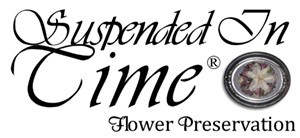

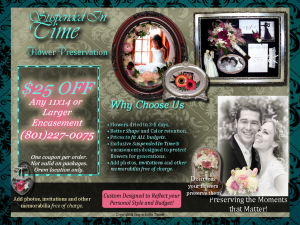
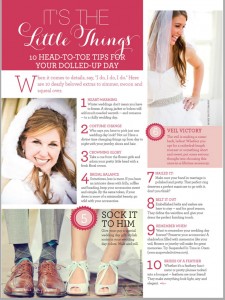
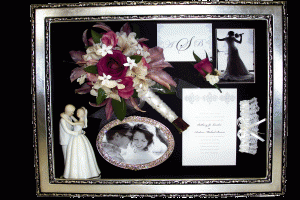
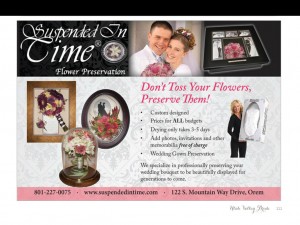
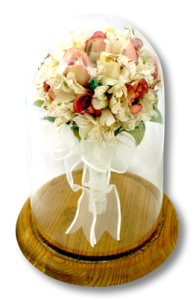
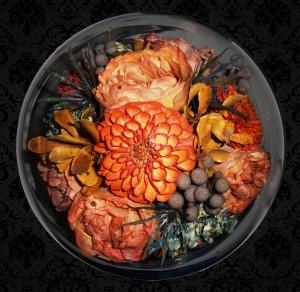
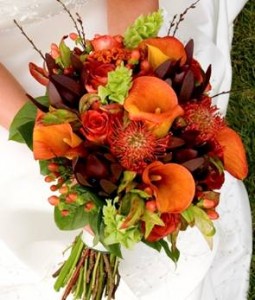 Suspended in time is now open saturdays from 10:00a.m.-2:00p.m.!! Giving you more time to preserve your memories!!!
Suspended in time is now open saturdays from 10:00a.m.-2:00p.m.!! Giving you more time to preserve your memories!!!